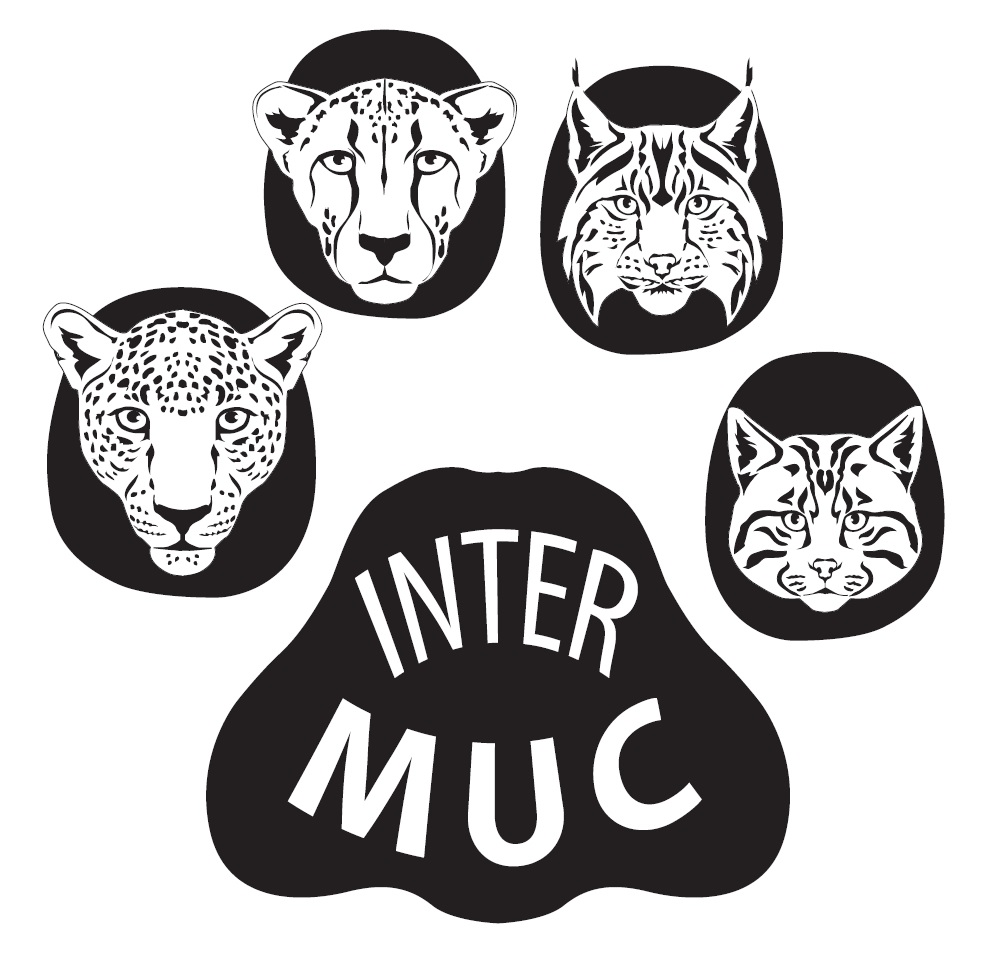CARNIVORE ECOLOGY GROUP OUTPUTS
Scientific publications
– Fležar, U. et al. 2023. Using heterogeneous camera-trapping sites to obtain the first density estimates for the transboundary Eurasian lynx (Lynx lynx) population in the Dinaric Mountains. – Biodiversity and Conservation (in press)
